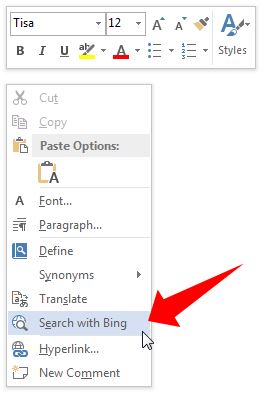

eager: Default loading behavior of the browser, which is the same as not including the attribute and means the image is loaded regardless of where it's located on the page.lazy: Defer loading of the resource until it reaches a calculated distance from the viewport.Here are the supported values for the loading attribute: You can use the loading attribute to completely defer the loading of offscreen images that are reached by scrolling: Images below the viewport are loaded with a lower priority, but they're still fetched as the page loads. The loading attribute #Ĭhrome loads images at different priorities depending on where they're located with respect to the device viewport. Browser-level lazymloading also ensures that deferred loading of images still works even if JavaScript is disabled on the client. With lazy loading supported directly by the browser, however, there's no need for an external library. Using scroll, resize, or orientationchange event handlersĮither option can let developers include lazy loading functionality, and many developers have built third-party libraries to provide abstractions that are even easier to use.Previously, there were two ways to defer the loading of off-screen images: At the 90th percentile, sites send over 5 MB of images on desktop and mobile. Why browser-level lazy loading? #Īccording to the HTTP Archive, images are the most requested asset type for most websites and usually take up more bandwidth than any other resource. Browser compatibility #īrowsers that do not support the loading attribute simply ignore it without side effects.
GOOGLE SEARCH DEFAULTS TO IMAGES CODE
You can use the loading attribute to lazy-load images without the need to write custom lazy loading code or use a separate JavaScript library.

How does the loading attribute work with images that are in the viewport but not immediately visible (for example: behind a carousel, or hidden by CSS for certain screen sizes)?.Is there a downside to lazy loading images that are within the device viewport?.Can CSS background images take advantage of the loading attribute?.Can I change how close an image needs to be before a load is triggered?.Are there plans to automatically lazy-load images in Chrome?.Avoid lazy loading images that are in the first visible viewport.Images should include dimension attributes.Improved data-savings and distance-from-viewport thresholds.Relationship between the loading attribute and fetch priority.


 0 kommentar(er)
0 kommentar(er)
